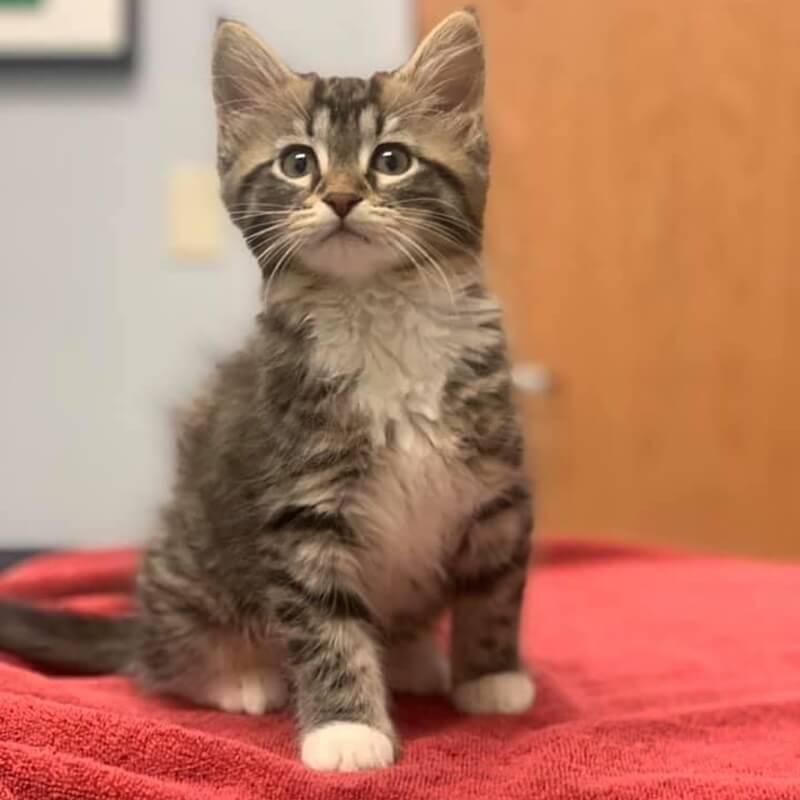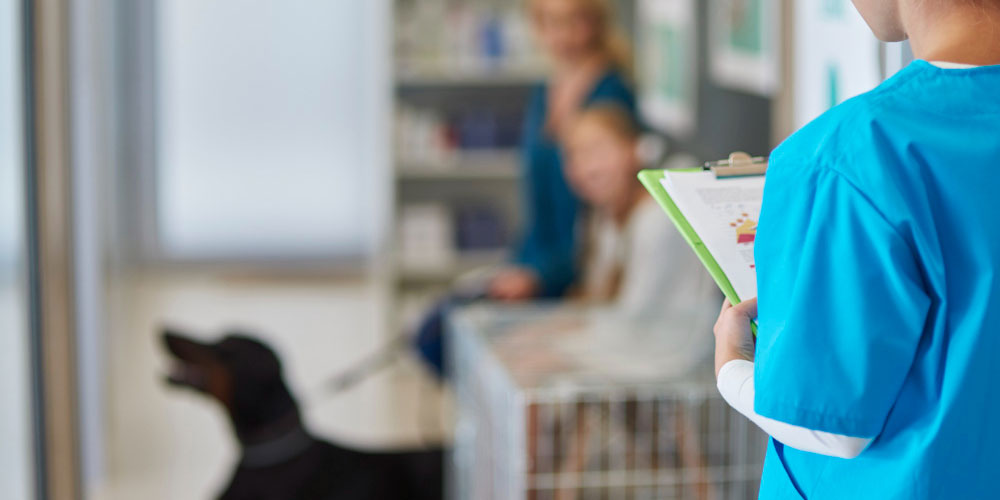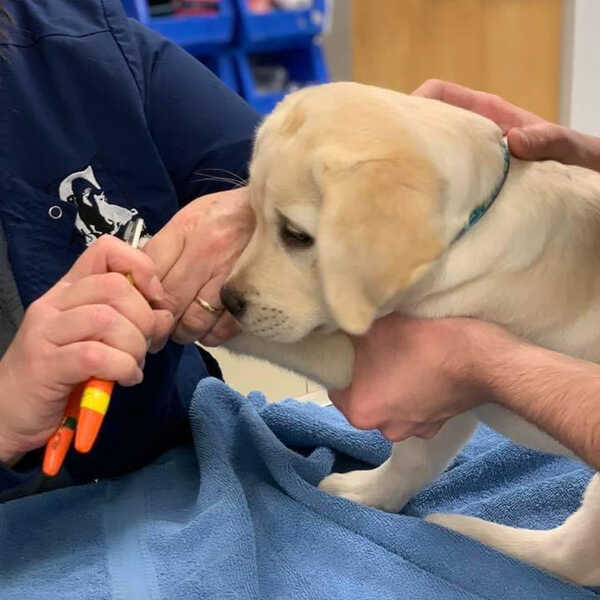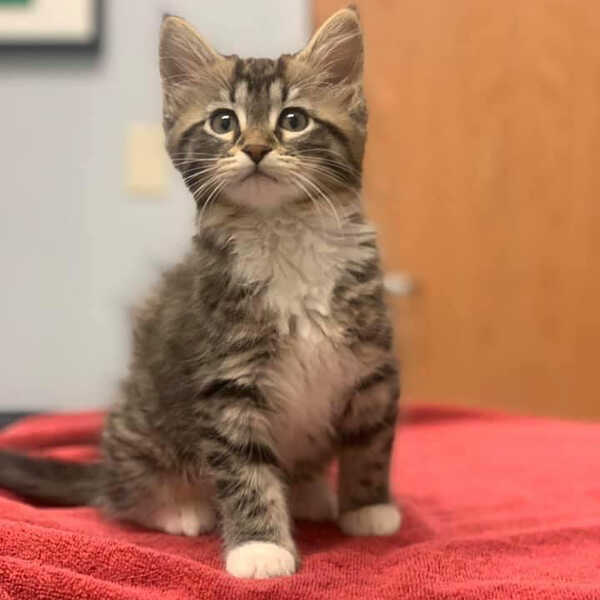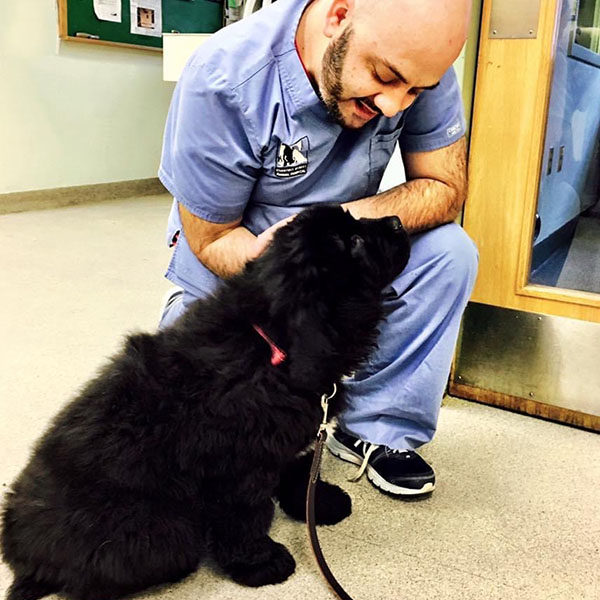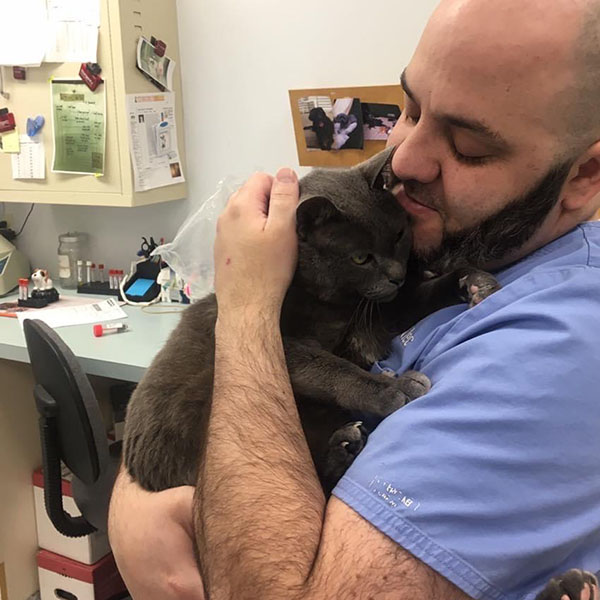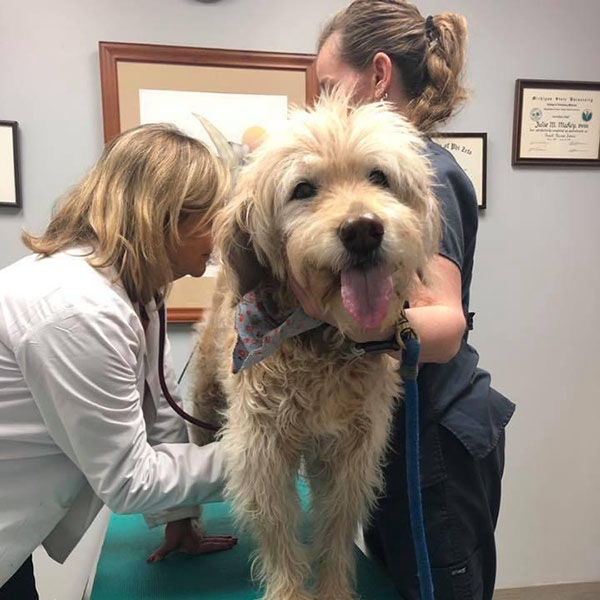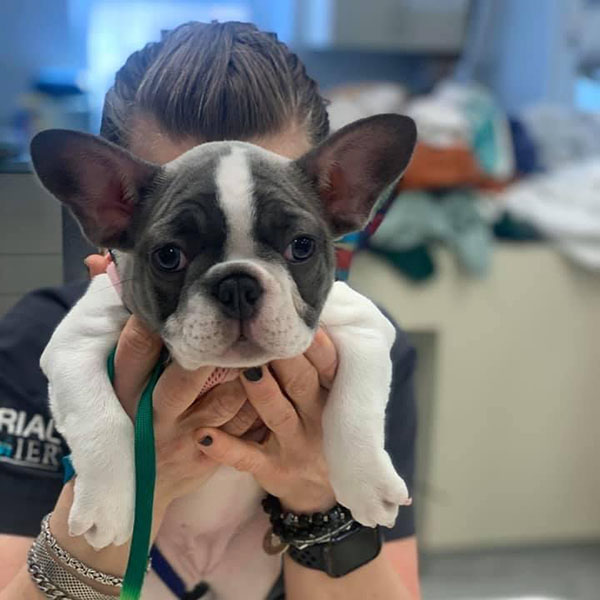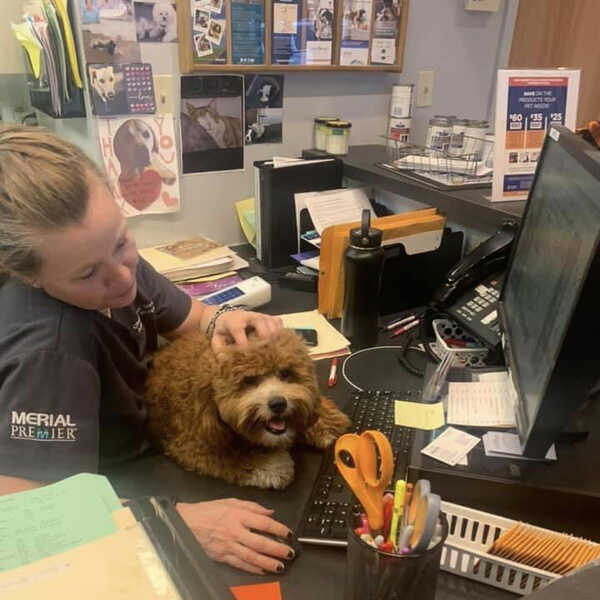Welcome to Chestnut Street Animal Hospital
We strive to provide the highest level of veterinary care for your beloved companion by combining modern medicine with old-fashioned services in a warm and friendly atmosphere.
Complete Veterinary Care
We understand your pet is an essential family member and deserves high-quality veterinary services. We offer an on-site laboratory, digital whole-body and dental X-rays, and a surgical suite. We provide ultrasounds on a scheduled basis. We also have collaborative relationships with offsite specialists.

Pet Dental Care

Pet Surgery
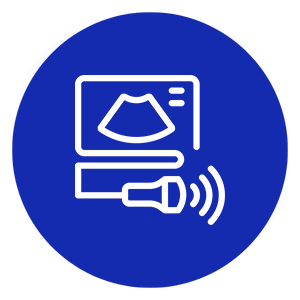
Pet Diagnostics

View All Services
About Chestnut Street Animal Hospital
Chestnut Street Animal Hospital of Needham, Massachusetts, is committed to providing the highest quality veterinary care available for your pet in a warm, friendly, comfortable atmosphere. Our veterinarians and staff offer a wide range of services, including diagnostic testing and medical care for sick animals, wellness exams, vaccinations, microchipping, and a full range of surgical and dental services. Our veterinary team is committed to treating your furry family members with respect and tenderness while delivering top-notch medical services and preventive care.
Meet Our Veterinarians & Staff
Our passionate veterinarians are dedicated to providing innovative veterinary care and collaborating with you as a partner in your pet’s medical care. They understand your pet’s unique place in your family. Our veterinary team is highly trained and dedicated to exceptional service. We look forward to partnering with you on the journey toward ensuring optimal health and well-being for your beloved animals.
We love our clients and patients!
Your lovely words mean the world to us, and we appreciate you telling us what you think.
Sam V.
I love all the employees here, from the front desk to the vet techs to the vets. All fantastic! They give Ella the best care, and I genuinely appreciate every person there. Keep doing what you do.
Sharon S.
The staff was friendly and showed how much love they have for animals. The veterinarian asked any questions I had, which put me at ease. Their rates were reasonable.

